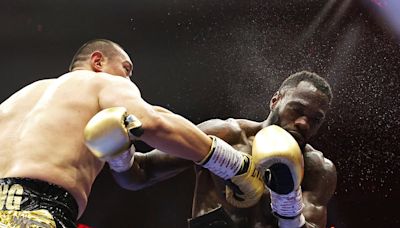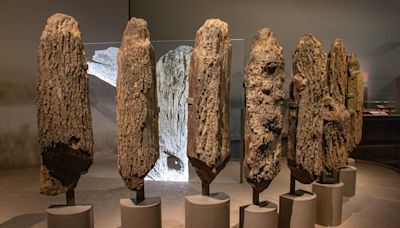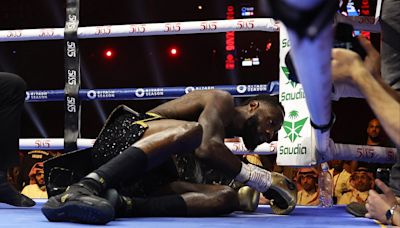Search results
Bronze is an alloy consisting primarily of copper, commonly with about 12–12.5% tin and often with the addition of other metals (including aluminium, manganese, nickel, or zinc) and sometimes non-metals, such as phosphorus, or metalloids such as arsenic or silicon. These additions produce a range of alloys that may be harder than copper alone ...
- Bronze (Disambiguation)
Bronze is an alloy of copper with any of several other...
- Tin
Bronze is mostly copper with 12% tin, while the addition of...
- Brass
Properties Microstructure of rolled and annealed brass (400×...
- Ductility
Tensile test of an Al-Mg-Si alloy.The local necking and the...
- Vickers Hardness
A Vickers hardness tester. The Vickers hardness test was...
- Bronze sculpture
Bronze is the most popular metal for cast metal sculptures;...
- Bronze (Disambiguation)
Bronze is a metal alloy. Bronze is mostly copper, with some tin added (usually between 5% and 20% tin) to make it stronger. The most common alloy is just made of copper and tin. Some bronzes add other metals. Other bronzes are: Aluminum bronze, which uses aluminum instead of tin. Phosphor bronze, which has both tin and phosphorus added to the ...
t. e. The Bronze Age is a historical period lasting from approximately 3300 to 1200 BC. It is characterized by the use of bronze, the use of writing in some areas, and other features of early urban civilization. The Bronze Age is the middle principal period of the three-age system, between the Stone and Iron Ages. [1]
Bronze is a metal alloy comprised mostly of copper, with around 12 to 12.5 percent tin and other metals like aluminum, manganese, zinc, or nickel. Arsenic, phosphorus, and silicon are examples of non-metals or metalloids found in them. The various metal and non-metal additions result in various bronze alloys of varying quality.
Jan 15, 2021 · It began at different stages in the world, but more or less around the 5th millennium BC. It lasted for more than a thousand years, before the earliest discovery of smelting - a process in which molten copper and tin were mixed together to produce bronze, a tougher, more precious metal that brought on the Bronze Age.
Bronze Age. Diffusion of metallurgy in Europe and Asia Minor. The darkest areas are the oldest. The Bronze Age is the time period when people made tools from an alloy (a mixture of metals) called bronze. [1] It started after the Stone Age. Bronze is a mixture of mainly copper and tin: usually nine parts copper to one part tin.
People also ask
Is bronze a metal?
When did bronze start?
What is a Bronze Age tool?
Where did bronze come from?







